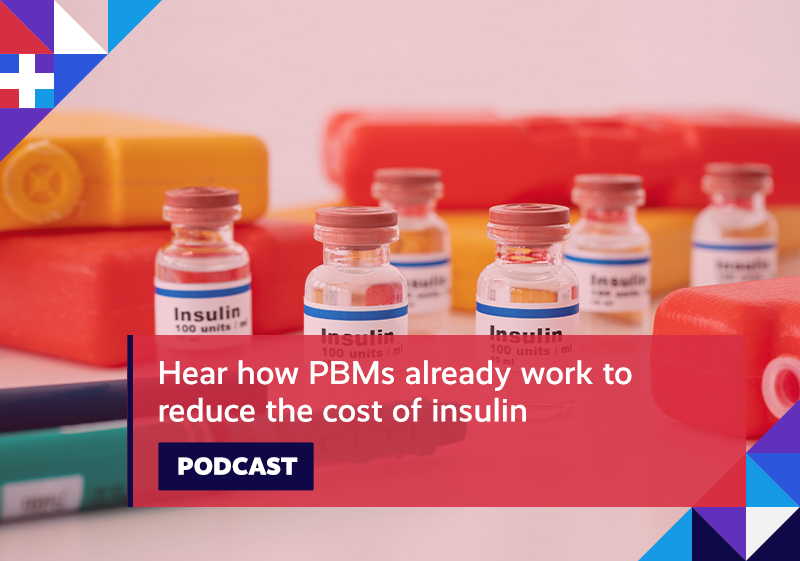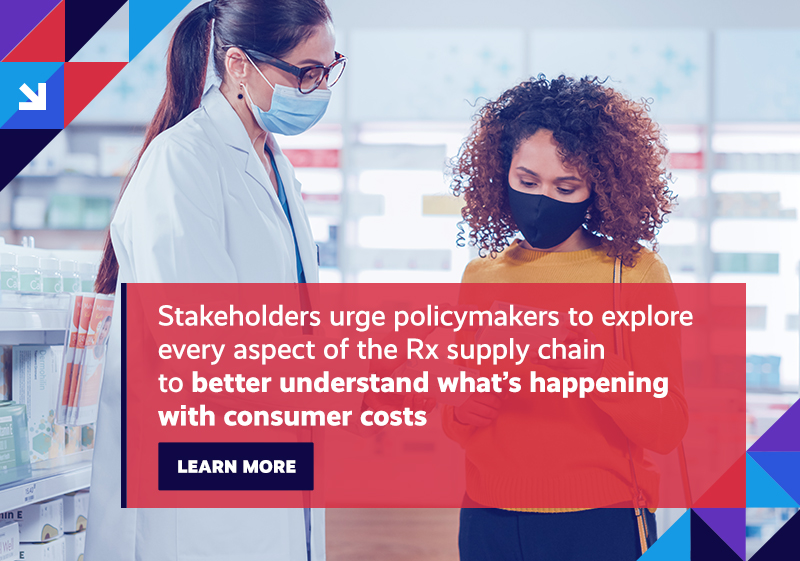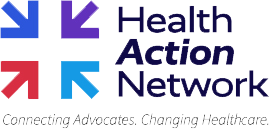A new study shows stability in the independent pharmacy market; overpaying for “new” prescription drugs that underachieve; hospital bailouts widened the gap between the haves and have-nots; and, private equity interests continue to alter the healthcare delivery landscape.
We encourage you to stay involved as implementation efforts surrounding healthcare reform progress. Visit the Health Action Network and be sure to let us know what’s on your mind.
Item of the Week

Week in Review
Independent Pharmacies: As the issue of out-of-control prescription drug prices has come to dominate so much of the healthcare policy conversation, special interests have worked to subvert that narrative, instead, advancing one that shifts blame away from pharmaceutical companies and moves it further down the supply chain. The result has been a lot of distracting bluster, a good deal of which has been aimed at pharmacy benefit managers (PBMs), who’ve proven themselves to be nothing but responsible partners, working on behalf of consumers, employers, and government programs to improve patient safety, outcomes, and affordability. One of those narratives has now been shown to be false – specifically, the argument made by independent pharmacies of the impact that PBMs have had on their ability to stay in business. In fact, according to a new multi-year analysis, not only is the independent pharmacy market stable, it’s actually growing. While the marketplace for these outlets has seen some fluctuations in recent years, over the past decade, the number of independent retail pharmacies has increased by 8 percent, despite claims to the contrary.

Underachieving Rx: While a focus on value has worked to reshape just about every aspect of our evolving healthcare system, it seems that one area remains an outlier. Every year, dozens of new drugs are granted Food & Drug Administration (FDA) approval. Unfortunately, despite the hype surrounding the release of these “new” medications, the overwhelming majority of these breakthrough drugs represent minimal (if any) improvement over existing treatments. Experts point to this trend as emblematic of the governing principle behind how the pharmaceutical industry operates, namely, to maximize profits by minimizing risks. Despite claims that high list prices are merely a reflection of the cost of innovation, studies have shown the opposite to be the case. In fact, according to one report, 9 out of the top 10 drugmakers spent billions of dollars more on marketing than on research and development (R&D). Another investigation went on to find that 80 cents of every $1 in prescription drug sales went to cover something other than R&D, such as profit or overhead.
Hospital Bailouts: In the immediate wake of the coronavirus public health crisis, billions of dollars in emergency funding were made available to hospitals across the country. Now, on this side of the still ongoing pandemic, we have a clearer sense of how those funds impacted these health systems. While some smaller community hospitals were able to stay afloat as a result of this federal lifeline, larger regional systems were able to leverage those funds to become even bigger by pursuing aggressive growth strategies rather than prioritizing affordability for patients through decreased prices or increased charity care. What the data shows is that these funds, while well intentioned, served to exacerbate the gap that already existed in the hospital industry between the haves and the have-nots.
Private Equity: As has been highlighted in recent Health Action Network newsletters, private equity interests continue to infiltrate seemingly every corner of our healthcare system. Given the problematic issues that often follow in the wake of these investments, it’s understandable that there’s growing concern over what this means for patients, affordability, and quality of care. This has begun to play out in the behavioral health space, where private equity has now become the biggest player in the booming autism therapy industry. Elsewhere, private equity firms have also zeroed in on hospice centers, raising alarm bells about end-of-life care. But, lest we think these interests are limited to a handful of areas, new research shows that private equity firms have expanded their portfolio across numerous specialties and varied geographies.
Spotlight

| You can keep up with the latest by following the Health Action Network on Twitter and by liking us on Facebook. And, be sure to check us out on LinkedIn, too. As always, let us know if there’s something you’d like to see covered in a future newsletter. |
